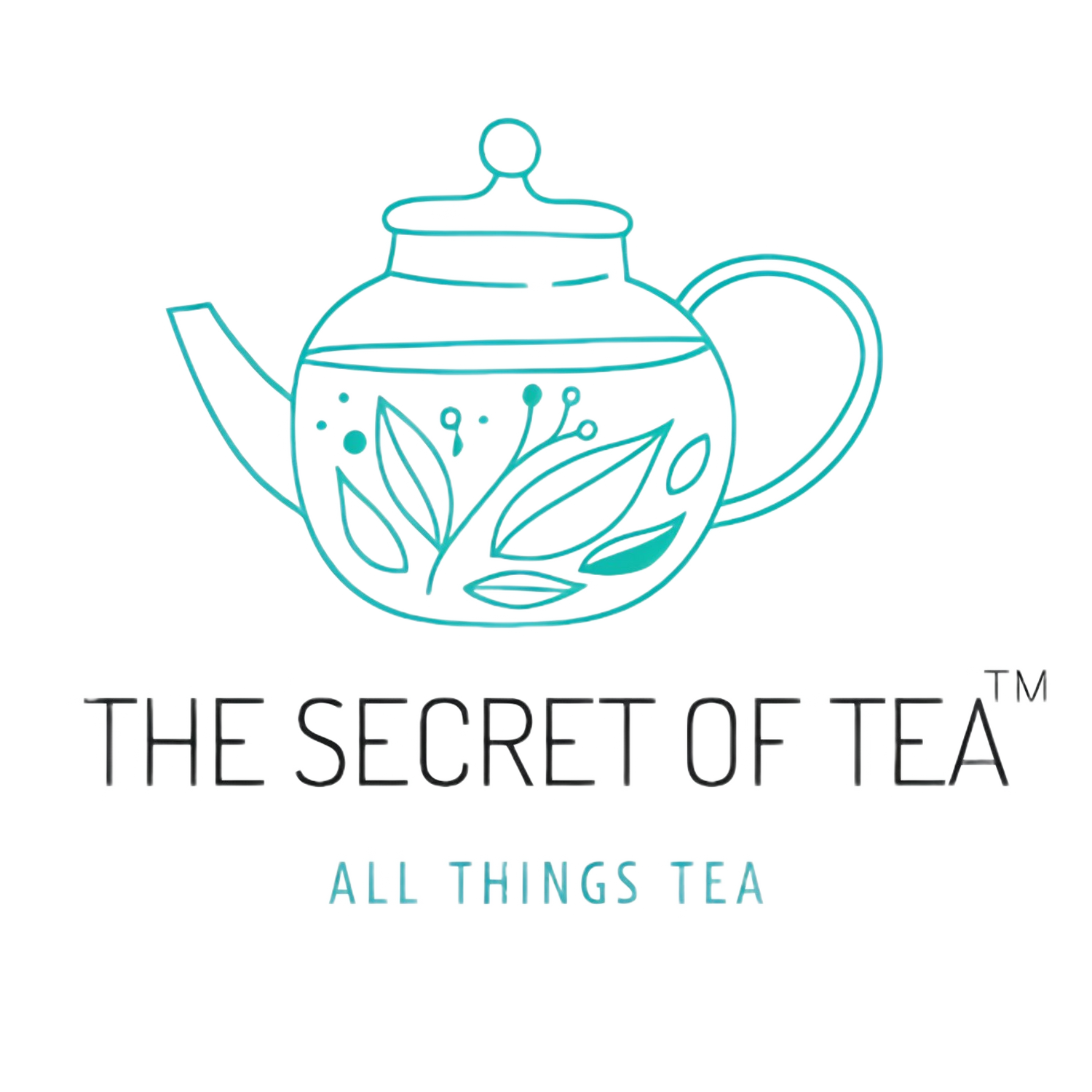STG Chamomile Tea Caffeine Free Herbal Infusion
50 g
Now : ₹ 400.00
First Sip’s on Us – 10% Off (With your first order). Coupon Code NEW10
FREE Shipping on orders above ₹399
Buy any 2, Get the 3rd at 50% Off! Your next cup just got more rewarding.
Your Cart is Empty

The world’s finest teas have secrets they don’t tell everyone. Subscribe now to unlock rare tea insights, brewing techniques, Creative tea recipes & more.


Perched in the foothills of the Eastern Himalayas, Darjeeling isn't just a place, it’s a feeling steeped in mist, heritage, and the unmistakable aroma of tea leaves. Known as the “Queen of the Hills,” this small town in West Bengal may be globally famous for its tea, but there’s far more brewing in its air than just the world’s most prized black leaf.


Darjeeling’s charm lies in its contradictions. There’s an old-world elegance in its British-era bungalows and colonial schools, yet the streets hum with the rhythm of Nepali folk songs and Tibetan chants. Prayer flags flutter in the mountain breeze, toy trains chug uphill with nostalgic pride, and Kanchenjunga, the world’s third-highest peak, keeps watch from the horizon.
Life here isn’t hurried. Locals sip tea on wooden porches as clouds roll through town. It's the kind of place that doesn't just look good on a postcard, it feels like a postcard.
The Soul of Darjeeling Grows in Its Soil
Tea isn’t just an export here; it’s a lifeline, a legacy, and for many families, a way of life passed down through generations. The region’s high-altitude gardens, cool climate, and unique soil composition give rise to a tea unlike any other on earth.
Darjeeling tea isn’t loud. It doesn’t shout for attention. Instead, it speaks softly—floral, muscatel, occasionally fruity, with a crispness that hints at the Himalayan winds. It’s this delicate complexity that earned it the nickname “The Champagne of Teas.”
First flush teas picked in early spring carry notes of fresh green leaves and gentle astringency, almost like sipping the mountain’s first breath after winter. Second flush teas, gathered in late spring and early summer, are fuller, darker, and rich with the famous muscatel flavour that collectors chase around the world.
How Darjeeling Tea Travels from Estate to Everyday Luxury
While Assam or Ceylon teas are often bold and assertive, Darjeeling tea is about nuance. It isn’t mass-produced. The leaves are hand-plucked, often only two leaves and a bud at a time. Processing is minimal, almost respectful, preserving the terroir and the whisper of the misty slopes they grew on.
The names of the gardens, Gopaldhara, Namring aren’t just labels. They carry stories. Some estates date back to the 1800s, and many have their own microclimates, making their teas as unique as single-estate wines.









But Darjeeling isn’t only about tea. There’s the Himalayan Mountaineering Institute where Tenzing Norgay trained. The Darjeeling Himalayan Railway—India’s oldest mountain railway and a UNESCO World Heritage Site still winds its way up the slopes, whistling through tea fields and pine forests. There are monasteries where time slows down, bakeries that haven’t changed their recipes in decades, and markets where silver-haired women sell wild honey, wool scarves, and smoked cheese. To sip Darjeeling tea is to taste a place that balances altitude with attitude. It’s more than a beverage. It’s the echo of hand-plucked leaves, the murmur of garden workers at dawn, the roll of fog down a hillside, and the patience of a region that has perfected the art of subtlety. If you’ve ever tasted a cup that made you pause, breathe, and linger a little longer—that was probably Darjeeling.


Established in the 1970s . In the rugged, mist-draped hills of Northeast India, where the Patkai Range meets the sky, Nagaland’s tea story is one of rebellion and revival. A late bloomer in India’s tea tapestry, this tribal heartland is redefining authenticity with wild, small-batch teas grown organically in forest clearings and terraced slopes. Here, tea isn’t just a crop - it’s a communion with nature. Monsoon rains, volcanic soil, and the wisdom of indigenous communities conspire to create teas as bold and untamed as the land itself: smoky, floral, and bursting with wild fruit notes, a testament to Naga resilience.

Uttarakhand – The Pristine Essence of Himalayan Tea . Established in the 1980s .Nestled in the lap of the Garhwal and Kumaon Himalayas, where the Ganga and Yamuna rivers carve their sacred paths, Uttarakhand’s tea gardens are a testament to purity and reverence. Emerging as a guardian of sustainable tea practices, this "Land of the Gods" blends spiritual heritage with high-altitude horticulture, crafting small-batch, organic teas that mirror the serenity of its snow-clad peaks. Here, tea bushes thrive at 4,000–7,000 feet, kissed by alpine breezes and nurtured by glacial springs, yielding brews of crystalline clarity, floral elegance, and a whisper of wild herbs—a sip of the Himalayas’ untouched soul.

Dooars, West Bengal – Where Tradition Meets Terroir’s Evolution . Established in the 1870s . Nestled between the misty foothills of Darjeeling and the emerald forests of Bhutan, Dooars is a land of quiet revolution. Long celebrated as the backbone of India’s robust CTC (Crush-Tear-Curl) teas, this fertile belt is now rewriting its legacy
with artisanal orthodox teas that rival the finesse of its Himalayan
neighbors. Here, the Teesta River’s alluvial plains and subtropical climate forge a terroir of contradictions — malt-laden depth softened by a velvety smoothness , a harmony of strength and subtlety.

Munnar, Kerala – The Emerald Symphony of the Western Ghats . Established in the 1880s . Perched at 5,200 feet in the lush folds of the Western Ghats, Munnar’s undulating tea gardens unfold like a verdant quilt, stitched with mist, monsoon rains, and mountain sunlight. Born under British colonial ambition, this UNESCO - recognized biodiversity hotspot now crafts teas as vibrant as its landscapes - bright, aromatic brews with a delicate balance of floral allure and citrusy zest. Here, tea bushes thrive alongside cardamom forests and shola grasslands, their leaves kissed by cool breezes and the whispers of the Arabian Sea.

Assam, India – The Heartbeat of Bold, Malty Majesty. Established in 1837 , Where the mighty Brahmaputra River carves its path through emerald plains, Assam’s tea gardens stretch endlessly—a verdant sea under a tropical sun. This is the land of “liquid energy,” where the world’s largest lowland tea estates brew a robust, malty elixir so strong it powers morning rituals from London to Kolkata. Forget dainty sips; Assam’s tea is a thunderclap in a cup, revered for its deep amber hue, earthy richness, and a kick that awakens the senses like the first monsoon rain.

Kangra Valley, Himachal Pradesh – Where Tea Rises from the Ruins Established in 1849 .Tucked between the snow-crowned Dhauladhar Range and lush river valleys, Kangra’s tea legacy is a tale of resilience. Once India’s earliest tea hub, its plantations were decimated by the 1905 Kangra earthquake - a tragedy that silenced its fields for decades. Reborn post-Independence, this Himalayan phoenix now crafts teas as tranquil as its mist-wrapped slopes. The valley’s cool climate, high-altitude gardens, and mineral-rich soil yield silky, aromatic brews with delicate floral notes and a whisper of wild fruit.

Sikkim – The Pristine Jewel of Himalayan Tea . Established in 1969 . Perched on the emerald slopes of the Eastern Himalayas, Sikkim’s Temi Tea Estate is a sanctuary of purity - India’s only government-owned tea garden and a pioneer in organic excellence. Here, amidst prayer-flag-draped valleys and snow-glazed peaks, tea bushes thrive in unspoiled harmony with nature. Sikkim’s commitment to 100% organic farming and high-altitude terroir (4,500–6,000 ft) births teas of remarkable depth: full-bodied, bright liquors bursting with notes of wild peach, orchid, and alpine honey. A sip here is a meditation on sustainability and mountain grace.

Meghalaya – The Highland Jewel of Artisan Tea . Established in the Late 1970s . Nestled in the "Abode of Clouds," where waterfalls cascade through pine-clad hills and monsoon mists weave through emerald valleys, Meghalaya’s tea gardens are a symphony of subtlety. Often likened to Darjeeling for its cool, crisp climate and rolling highlands (4,000 – 6,000 ft), this young tea region has carved its own identity with small-batch, handcrafted orthodox teas that whisper of wildflowers, sun-warmed honey, and mountain spring freshness. Here, tea is not mass produced - it’s a labor of love, nurtured by Khasi and Garo farmers who honor the rhythm of the land.

Manipur – The Untamed Spirit of India’s Tea Frontier . Established in the 1980s . Hidden in the emerald valleys of Northeast India, where the Barak River winds through dense forests and mist-cloaked hills, Manipur’s tea gardens are a testament to nature’s untamed artistry.Unlike conventional plantations, these gardens are wild, organic sanctuaries - tea bushes grow freely under canopies of oak and bamboo,nurtured by monsoon rains and the wisdom of indigenous communities. A latecomer to India’s tea map, Manipur is now crafting small-batch, artisanal teas that echo the region’s raw beauty: bold, earthy brews laced with floral whispers and a lingering sweetness born of untouched soil.

Established in the Early 2000s .Nestled in the misty hills of northeastern India, Mizoram is home to a growing tea culture that combines natural beauty with artisanal craftsmanship. Established in the early 2000s, the region’s high-altitude tea gardens thrive in its cool climate and abundant rainfall. Here, small-batch, handcrafted teas flourish, offering delicate flavors of wildflowers, herbs, and fruits. Mizoram’s tea production is rooted in tradition, with local Mizo farmers cultivating teas with great care, focusing on quality over quantity. The result is a range of exquisite, orthodox teas that reflect the purity and tranquility of the land. As Mizoram's teas gain international recognition, they offer a taste of this pristine, unspoiled region - where nature and culture blend seamlessly in every sip.

Tripura – The Rising Star of India’s Tea Frontier Established in the 1910s . Nestled in the lush, undulating hills of Northeast India, where the Jampui and Longtharai ranges cradle mist-shrouded valleys, Tripura’s tea gardens are a testament to resilience and revival. Once overshadowed by its neighboring tea giants, this hidden gem is now carving a niche with small-scale, family-run estates that craft teas as vibrant as the state’s rich cultural tapestry. Blessed with subtropical climes, fertile red soil, and a monsoon-kissed landscape, Tripura’s orthodox teas burst with floral aromas, citrusy brightness, and a honeyed smoothness - a harmonious dance of tradition and terroir.
Darjeeling tea garden offers more than just a scenic view. They are home to one of the world’s most celebrated Indian premium teas. Whether it is the Darjeeling first flush tea, second flush, or the regular lemon tea on the streets, Darjeeling tea always wins the hearts of tea lovers. Experience the unique charm of Darjeeling tea, often referred as the "Champagne of Teas." Darjeeling tea is celebrated for its delicate floral aroma, light amber color, and signature muscatel flavor. The unique terroir of Darjeeling, rich soil, and seasonal variation imparts a unique character to the Darjeeling tea.
At The Secret of Tea, we offer more than just tea. It is an experience in the heart of Darjeeling. Each sip tells a story of culture, tradition, heritage, and craftsmanship. From brisk and lively notes to full-bodied depth, our selection offers something special for every tea lover. Explore our wide range of authentic Darjeeling teas directly sourced from the finest tea estates and indulge in a brew that transcends the taste.
Darjeeling Tea Benefits | Darjeeling Tea Price | Darjeeling Tea Recipe | Darjeeling Tea Brands | Darjeeling Tea Bags | Darjeeling Black Tea | Roasted Darjeeling Tea | Darjeeling White Tea | Darjeeling First Flush Tea | Darjeeling Second Flush Tea | Darjeeling Autumn Flush Tea


